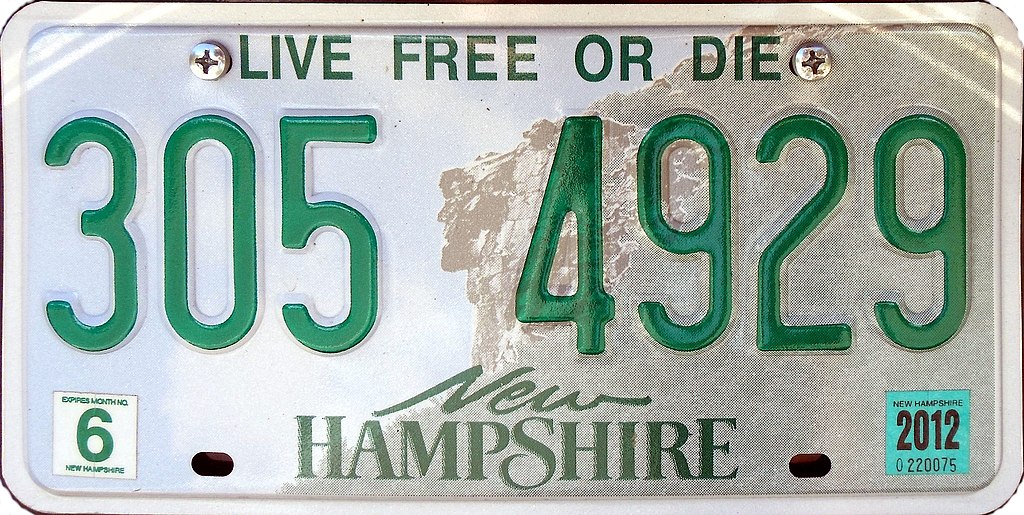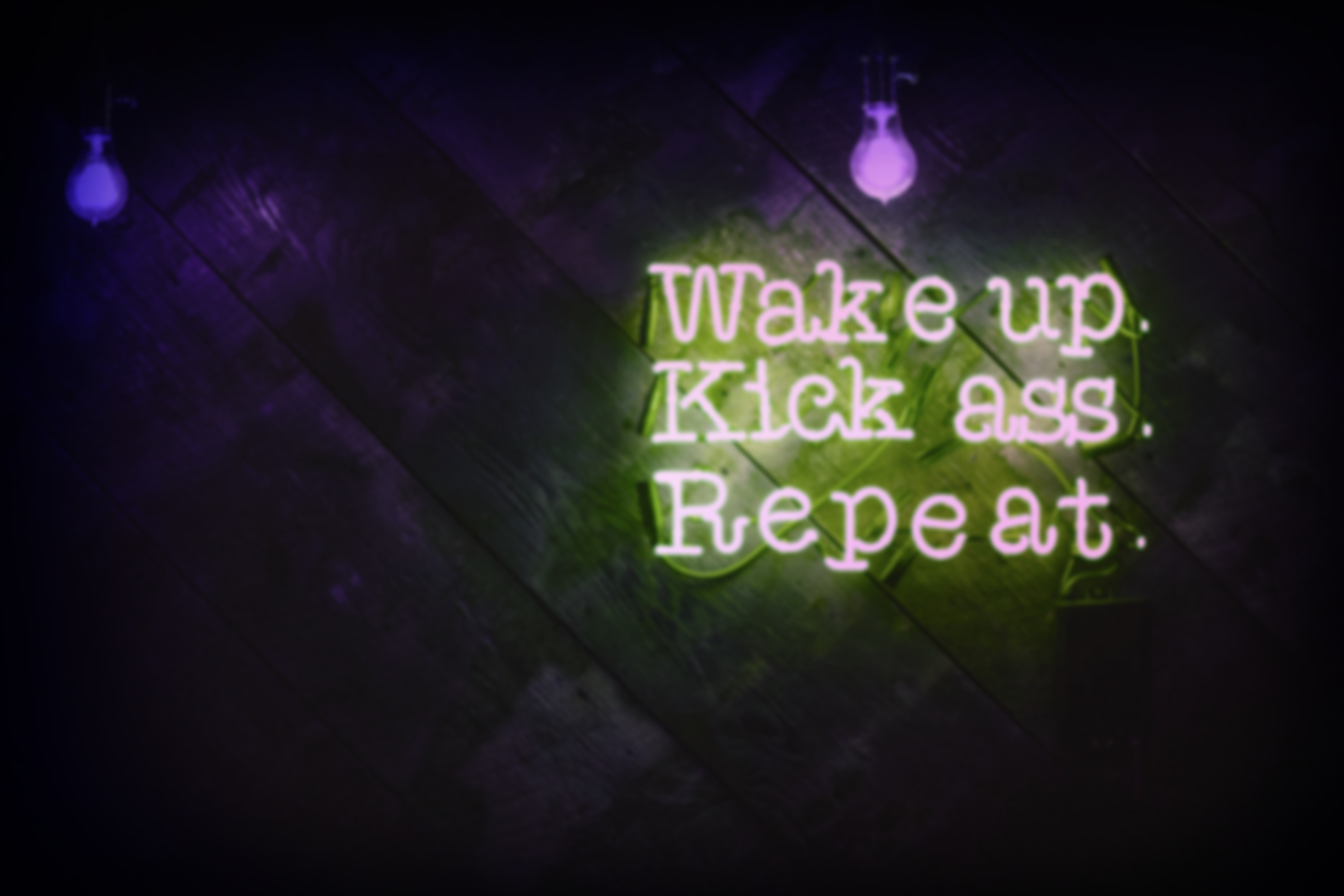So here I am, standing in the San Francisco General Hospital ICU at 1am in September 1998. I see a key member of my team, Brian*. He’s on a drip and his head has swollen to twice the usual size (they don’t tell you that happens). The doctor says that his heart stopped beating for a while. He was shot earlier that evening coming out of a restaurant in downtown San Francisco after a very minor altercation inside. (We joked later that he had to come all the way from his home in the Bronx to get shot in quiet San Francisco!).
I was the one called by the hospital because I was the last SF number Brian called on his mobile recovered at the scene. At the time, I was his project manager on a large transformation project for Cambridge Technology Partners (CTP) in San Mateo. But I’m from London (born in Scotland), so how did I get to be standing in that SF hospital at 1 in the morning?
In early 1997 I was living comfortably, working as a systems & database analyst for Fidelity Investments in the UK (I was born in Glasgow, Scotland, but come from Indian heritage). A chance holiday to visit my cousin in San Jose (my first time in America) led to an interview with CTP where her husband worked, consulting for HP in Mountain View. CTP was a very well-regarded MIT Cambridge tech consulting startup that pioneered fixed time/fixed price rapid application development (RAD, the precursor to Agile) in the 90s. They made an offer, paid for my H1B visa and before I knew it, I was taking a jumbo across the water, going to see America (thanks Supertramp).
No sooner than I landed at SFO, I was sent on a brilliant 1-week induction at CTP’s HQ in Cambridge, MA, then whisked off to my first project at Russell Investments in Tacoma, WA. Bear in mind that Fidelity UK was my first job after University and I had never consulted before, so everything seemed very surreal.
I spent 5 months in Tacoma, then came back to the Bay Area to work at Franklin Templeton in San Mateo. It was here that I was PMing the exceptionally great team that Brian was a vital part of. After he was shot, we arranged for his family to fly out from NY and thankfully he recovered. It was 1998 and the dot.com scene was absolutely booming in Silicon Valley and a few months later Brian left to join one, I think it was Scient. I remember I was not particularly happy about this, given the support we’d shown Brian and I let my feelings be known to him – I do regret that greatly to this day.
A few months later I too left CTP and started an Advergaming dot.com in San Francisco with other CTPers. We raised capital, hired Stanford and Berkeley developers and won big paying clients like Sony, Samsung, BMG and the BBC. All was going well, then the dot.com crash started, followed by September 11th and San Francisco & Silicon Valley were devastated. We decided to wind up the company, return the remaining money to shareholders and I returned back to the UK.
After getting guidance from my USA mentors, I started an Executive MBA in London and it was there that I restarted the School’s Entrepreneurs Network & through that met in 2005 the 2 other co-founders – Nasir and Paolo – of my current healthtech startup (started in 2019) Pharmasentinel.com.
After Business School, stints working in & leading Digital Transformation at Accenture Management Consulting, Capgemini Consulting & Diageo followed, but entrepreneurship is my passion and when I met Nasir & Paolo at an alum event in 2019, we quickly got talking about a large opportunity in healthcare, ripe for digital disruption.
Pharmasentinel.com’s vision is to democratize medicines data. 1/3 of the world suffers from 2 or more chronic conditions that require ongoing medication for life. In the UK and the USA, over 60% of women in the 50s have a chronic condition. Yet the main information sources such as WebMD.com are still 90s style websites – you go there, search for something and are presented with results. Even Google (with over a billion health-related searches – 7% of all searches – a day) presents ads, then some good results, but also links to blogs & social media that often contains misleading or even malicious information. Patients are often not aware of safety alerts for their medicines, or clinical trial opportunities that they or their loved ones could participate in.
In October we launched our consumer app medsii** – medicines information for me and have already had 2000+ app downloads globally. We present trusted, timely & tailored medicines & medical conditions information in an engaging Twitter-style interface, but we have no social media.
We recently received some really positive feedback from a trainee Pharmacist in Ghana, Africa: “I’m much impressed by the app. It will be very key in my training towards writing my license exams. Over the past week, I shared a couple of articles with a number of friends within the healthcare industry. There was a positive response, in that they enquired about where I was getting all of that info from. I mentioned medsii and they appreciated it and are yet to get on”.
Our mission and our passion is “to help people everywhere who take medicines” & also help the healthcare workers that help them, and this is what we are going to do.
Life’s what you make it,
Celebrate it
Anticipate it
Yesterday’s faded
Nothing can change it
(Courtesy Life’s What You Make It by British band Talk Talk, whose lead singer Mark Hollis sadly passed away last year)
*Brian’s name is not real, but has been changed for privacy reasons.
** medsii is available for download on the App Store and Play Store:
https://apps.apple.com/in/app/medsii-drug-guide-news/id1516059205
https://play.google.com/store/apps/details?id=com.pharmasentinel.products.medsii
Rav Roberts is the CEO and Founder of PharmaSentinel.com and medsii.com. Rav is also a contributor to our “Surviving The Startup” eBook.



